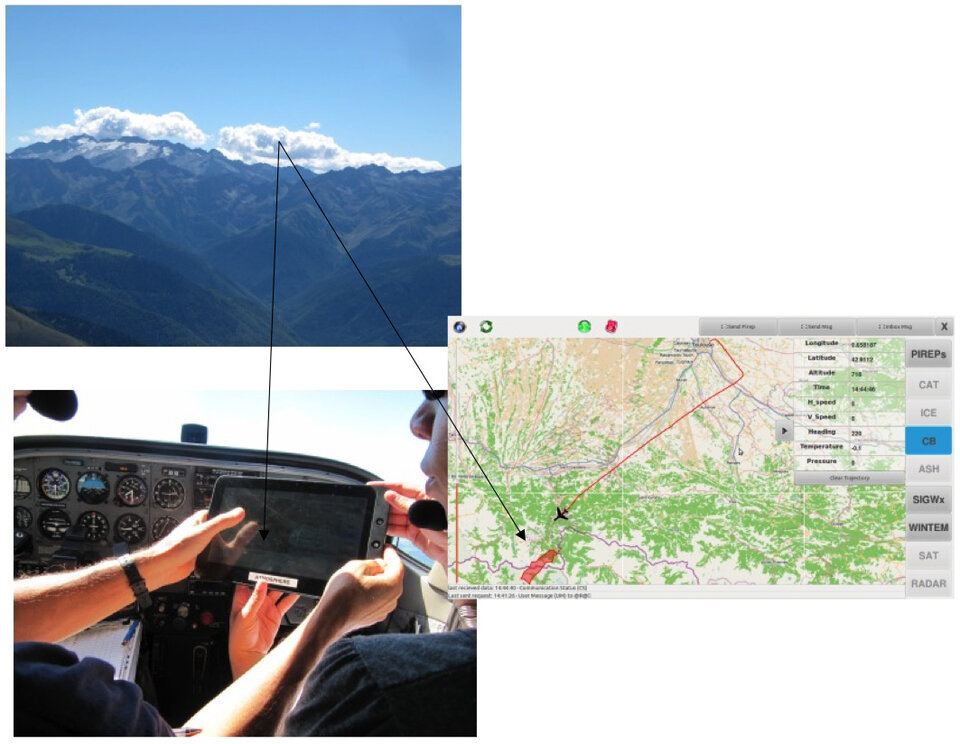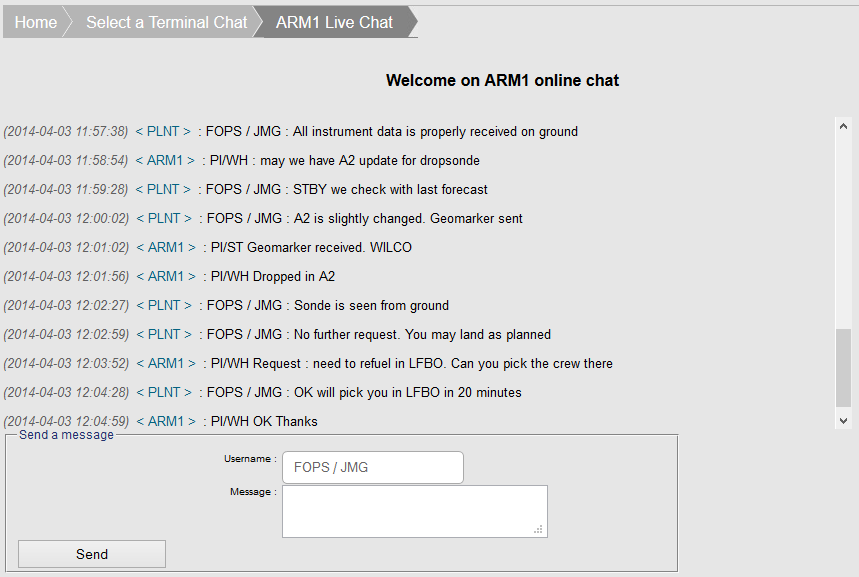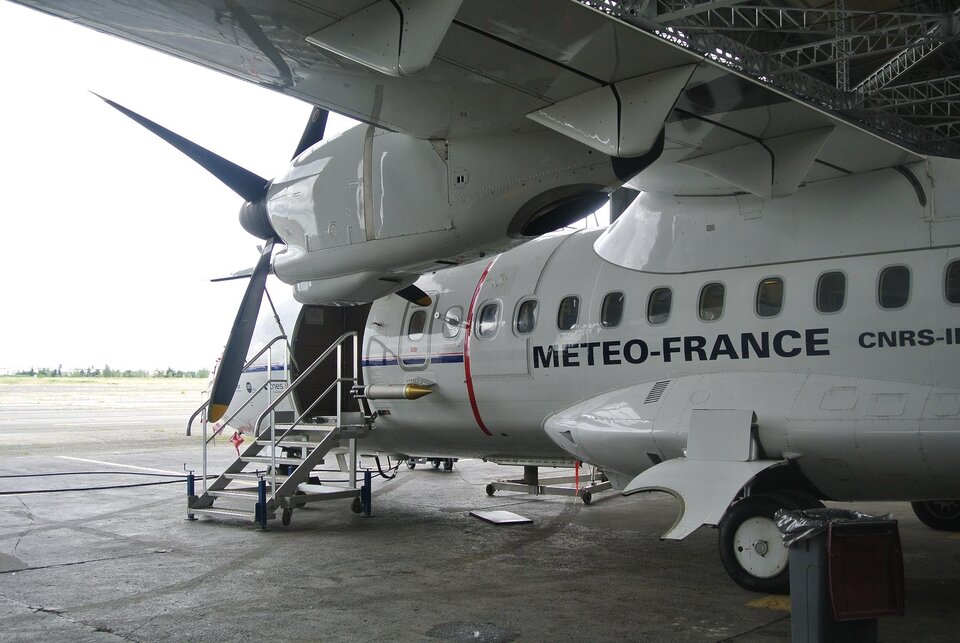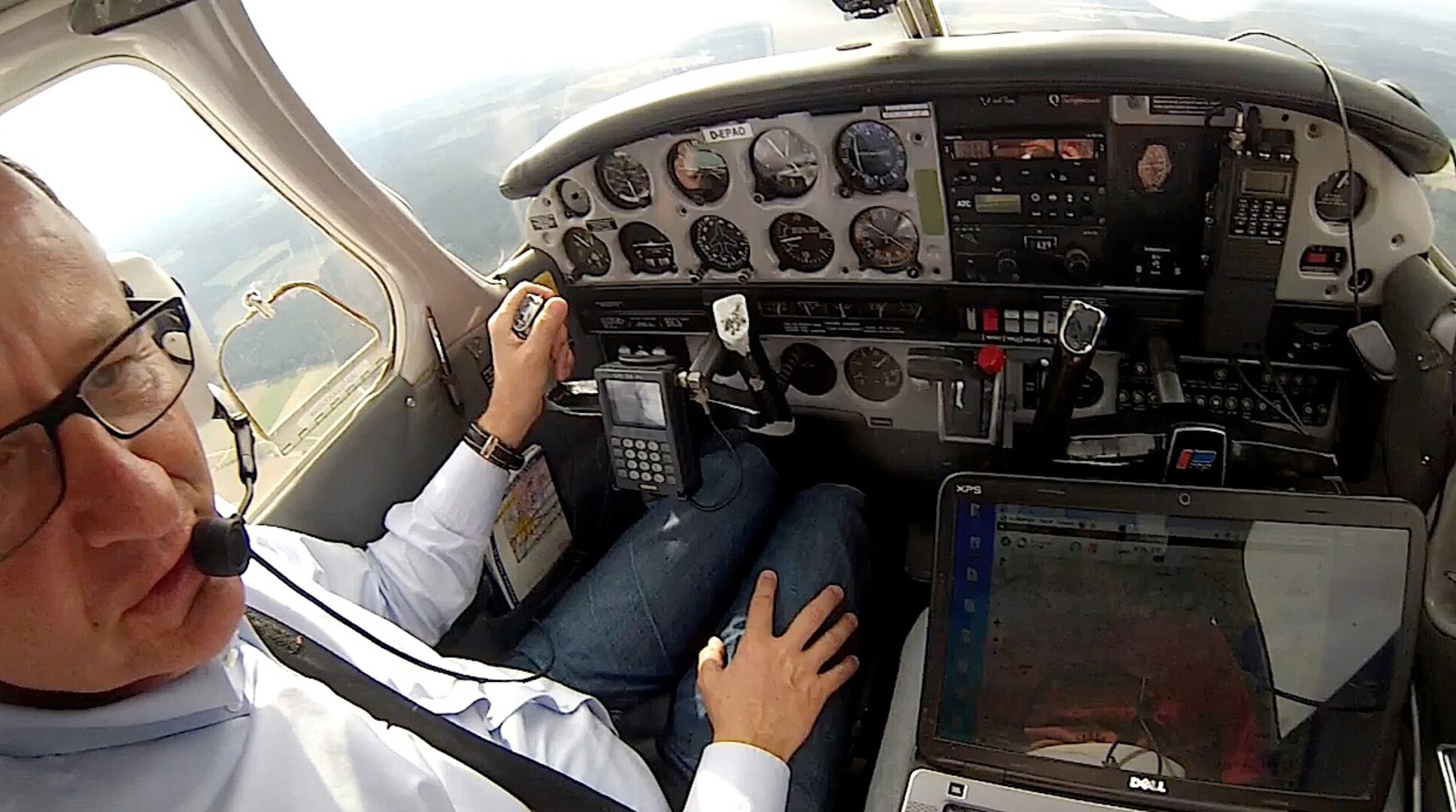Safer flying with satcom weather app
Pilots using a satellite service can now receive inflight updates on weather hazards and warn other aircraft of storms they see ahead.
This Planet service is offered to regional, business and light aircraft, alerting pilots who are otherwise unaware of storms in their path. Without this, weather updates are not available during flight – all information is gathered before takeoff.
In return, the planes boost the number of in-situ measurements such as pressure, temperature and wind sent to weather agencies.
Until now, these measurements were provided routinely only by commercial airlines, which serve a limited number of routes and airports.

The onboard kit comprises an antenna, the Planet terminal and the app, which is typically installed on a tablet or integrated into the flight hardware.
The system provides a permanent communications link using Iridium or Inmarsat satellite networks during flight, switching to terrestrial cellular networks on the ground.
Satellite navigation is used along the flight path for tracking and monitoring flight operations and stamping the in-situ measurement with the precise time and location.
The app displays a map with information such as the flight track, atmospheric conditions and the type of weather information the pilot has requested. Part of the screen handles incoming and outgoing messages.

Through a simple graphical interface, messages are sent to Planet operators on the ground or to other users, along with pilot reports on weather conditions and requests for weather or airport services.
Fleet operators can track the position of their aircraft in real time and communicate with pilots via instant messaging. Civil aviation authorities can also use the system.
Atmosphere-F, a small company in Toulouse, France, developed the Planet (Plane Network) service with the support of ESA’s Advanced Research in Telecommunications Systems programme in collaboration with the DLR German Space Center, TriaGnoSys and Météo-France.

The service, made available in 2012 for light aircraft via the original project, has recently been extended to business, regional and research aircraft. This Planet2 extension required the development of an enhanced avionics unit certified by the European Aviation Safety Agency for integration into the cockpit.
Other uses for the system vary from scientific research into storms and ice hazards to providing multimedia entertainment services to passengers. Migration to maritime and helicopter applications is also being investigated.
Atmosphere-F has been providing the service to Safire, the French operator of environmental research aircraft active in atmospheric chemistry since 2012, and as further agreed with DLR for an additional 12-month service in 2014.
“We are extremely pleased to have been instrumental in helping Atmosphere-F and its partners in launching satellite enabled services in aviation,” said ESA’s Davide Tomassini.
“Thanks to the flexibility of the Planet system, it can be easily and quickly customised for other types of aviation services, such as research into atmospheric chemistry and aerosols.”





